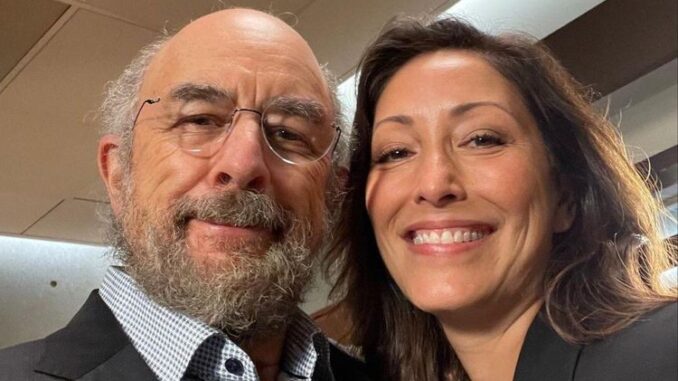
Dr. Shaun Murphy has always been exceptional.
His ability to see the human body like a living, breathing schematic—its patterns, its failures, its possibilities—has saved countless lives. As a surgeon with autism and savant syndrome, Shaun stands apart from his peers not just because of his skills, but because of the way he experiences the world.
Yet for all of his brilliance in the operating room, Shaun finds himself facing something far more complex and unpredictable than any medical case: love.
In The Good Doctor, Shaun’s romantic journey is not just a subplot. It is a central arc that reveals layers of his character we might never see inside the sterile walls of the hospital. His pursuit of love is tender, awkward, brave, and at times heartbreaking. It challenges societal expectations about intimacy, communication, and neurodiversity. Most importantly, it asks a question many people are afraid to voice: Can someone who struggles with emotions fall in love—and be loved in return?
The answer, The Good Doctor argues over time, is a resounding yes.
When we first see Shaun navigating social situations, even casual conversation can be difficult. He takes language literally, misses emotional cues, and often feels overwhelmed in crowded or unpredictable environments. So when he begins to develop feelings for a colleague, the idea of expressing those emotions seems almost impossible.

But he tries anyway.
His relationship with Lea Dilallo, the woman who would become the love of his life, begins not with sweeping gestures or perfect timing, but with moments of quiet understanding. At first, they are simply roommates, an unlikely pair who slowly build a bond through shared spaces and mismatched routines. Shaun, whose life has always been built around structure and logic, finds in Lea something beautifully unpredictable—a person who challenges him to be vulnerable, spontaneous, and open.
Their friendship gradually evolves into something deeper. And when Shaun finally confesses his feelings, it’s not with eloquent words or a grand romantic declaration—it’s with raw, honest courage. He tells her what he feels, even if he doesn’t fully understand it. He tells her he wants to be close, to connect, to build a future.
But love, as Shaun soon learns, is not simple.
Being in a relationship means compromise, empathy, and emotional resilience. For Shaun, who often sees the world in binary terms—right or wrong, success or failure—it means learning how to navigate the gray areas: how to apologize, how to listen, how to comfort without always understanding why someone is upset.
His relationship with Lea is not without struggle. There are misunderstandings, hurt feelings, and moments where it seems their differences might be too vast to bridge. At one point, Lea leaves. It devastates Shaun. But true to the show’s honest portrayal of relationships, it does not use heartbreak as a dramatic device—it uses it as an opportunity for growth.
When Lea returns, it’s not for a fairytale reunion. It’s to rebuild. To talk. To confront the fears and expectations that both of them carry. And slowly, through open communication, they find their way back to each other—not because they fit perfectly, but because they choose to try.
One of the most emotional moments in The Good Doctor is when Shaun and Lea learn they are expecting a child. The excitement, the fear, the questions about what kind of parents they will be—it all comes rushing in. And when tragedy strikes, and they lose the baby, viewers witness the rawest version of Shaun we’ve ever seen. His grief is real, even if he doesn’t express it the way most people would. His pain is profound. He begins to understand that love, too, can hurt.
But he doesn’t give up.
In time, Shaun and Lea rebuild their relationship from that loss. They decide to move forward, together, and in one of the most touching episodes of the series, they marry. It’s not a perfect wedding. There are hiccups and imperfections. But it is real, and it is theirs. It is a celebration not just of their love, but of their journey—of everything they’ve learned, endured, and become.
What The Good Doctor shows us through Shaun’s romantic arc is that love isn’t about perfect communication or textbook emotions. It’s about intention, patience, and the willingness to keep learning, even when it’s hard. It’s about showing up—not just on the good days, but on the hard ones too.
For viewers who may have never seen someone like Shaun in a romantic storyline, the show offers a groundbreaking, respectful portrayal of what love can look like for those on the spectrum. It breaks stereotypes, shatters assumptions, and creates space for empathy and representation that is long overdue in mainstream media.
Shaun Murphy may not love the way we expect. He may not express affection with ease. He may never fully understand why people cry during weddings or argue over nothing. But he does love—with honesty, with loyalty, and with a depth that transcends the traditional.
And maybe that’s what makes his story so unforgettable.
Because if a man who once couldn’t hold a conversation can learn how to open his heart, maybe we all can.
